Application of Barium Tungsten Electrodes in Lighting
- Details
- Published on Friday, 11 April 2025 14:26
- Hits: 255
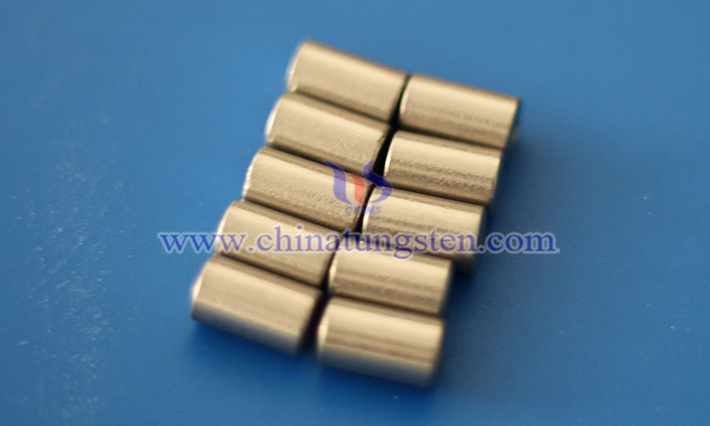
The application of barium tungsten electrodes in the lighting field mainly focuses on special light sources such as high-intensity discharge lamps (HID lamps), stroboscopes, and xenon flash lamps. Their unique advantages and limitations jointly shape the boundaries of application scenarios. The following analysis combines their characteristics with application scenarios:
Applications of Barium Tungsten Electrodes in the Electronics Field
- Details
- Published on Friday, 11 April 2025 14:23
- Hits: 289
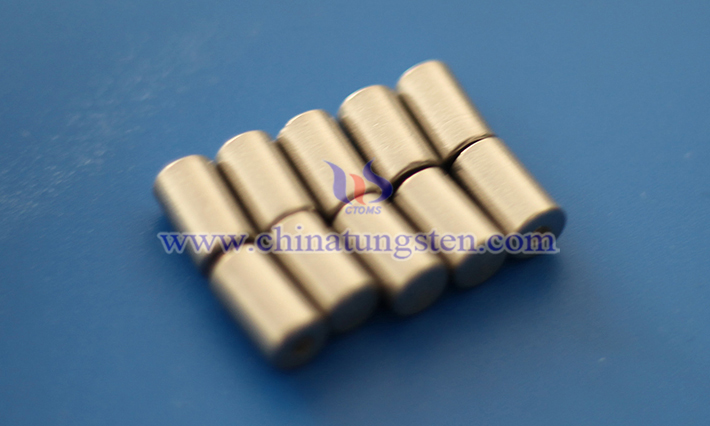
Barium Tungsten Electrodes have a wide range of applications in the electronics field, primarily due to their combination of barium’s low work function (which facilitates electron emission) and tungsten’s mechanical strength and heat resistance. Below are some of their key application scenarios in the electronics domain:
Application Fields of Barium Tungsten Electrodes
- Details
- Published on Friday, 11 April 2025 14:16
- Hits: 267
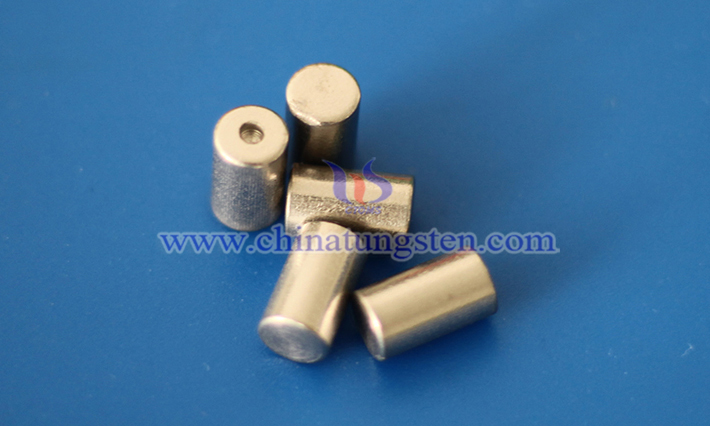
As a high-performance electronic material, barium tungsten electrodes demonstrate wide-ranging applications across multiple critical fields due to their low work function (1.6 eV), high current density (10 A/cm²), excellent ignition performance, and resistance to poisoning. Below are their primary application fields and technical characteristics:
Application Scenarios of Barium Tungsten Electrodes
- Details
- Published on Friday, 11 April 2025 14:12
- Hits: 276
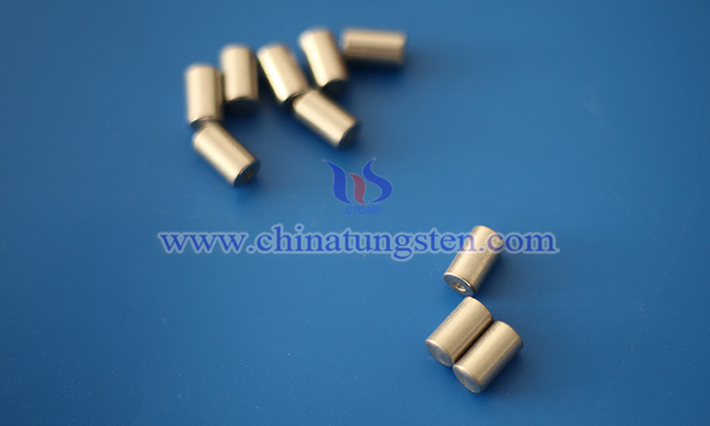
The Barium Tungsten Electrode is primarily used in specific industrial and technological application scenarios, particularly in fields related to electron emission and high-temperature environments. Below are its common application scenarios:
Role of Barium Tungsten Electrodes
- Details
- Published on Friday, 11 April 2025 14:05
- Hits: 244
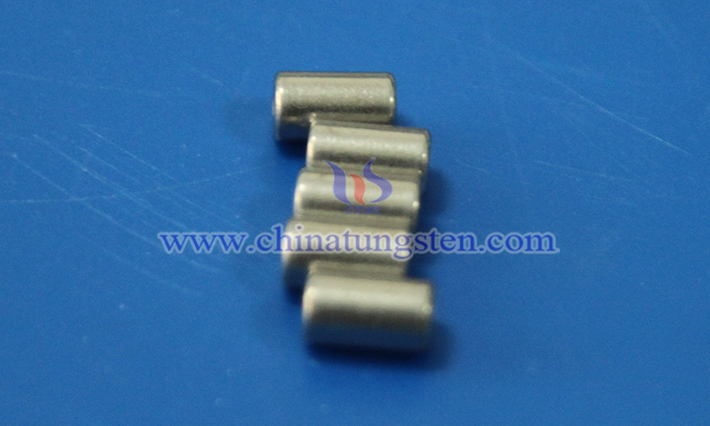
Barium tungsten electrodes are a tungsten electrode material improved through the addition of barium elements. Their core value lies in significantly enhancing electron emission performance, leading to widespread applications across multiple critical domains. Below is a detailed analysis of their functions:
Chemical Properties of Barium Tungsten Electrode
- Details
- Published on Friday, 11 April 2025 13:58
- Hits: 262

Barium tungsten electrode is a functional material that combines the electron emission characteristics of barium with the high-temperature stability of tungsten. Its chemical properties can be analyzed from the following aspects:
Physical Properties of Barium Tungsten Electrode
- Details
- Published on Friday, 11 April 2025 13:56
- Hits: 235
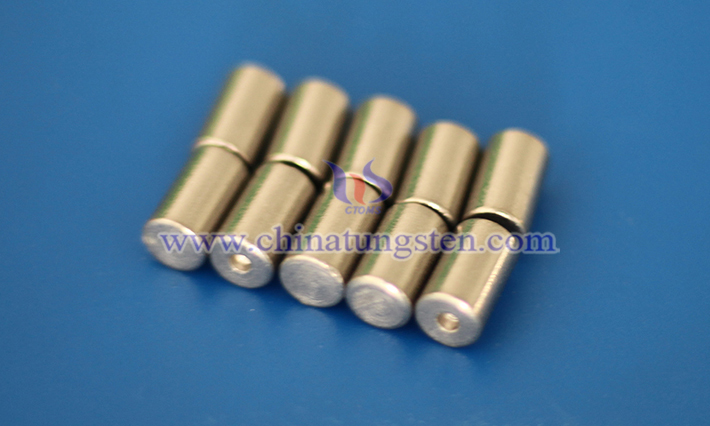
Barium tungsten electrode is a special electrode material widely used in electronic tubes, gas discharge lamps and other equipment. Its physical properties are the key to its performance and application. The following are the main physical properties of barium tungsten electrode:
Production Steps of Barium Tungsten Electrode
- Details
- Published on Friday, 11 April 2025 13:52
- Hits: 235

Barium tungsten electrode (BaO-W electrode) is a key electrode material used in gas discharge lamps (such as high-pressure sodium lamps and metal halide lamps). Its production steps are as follows:
Manufacturing Process of Barium Tungsten Electrode
- Details
- Published on Friday, 11 April 2025 13:44
- Hits: 261
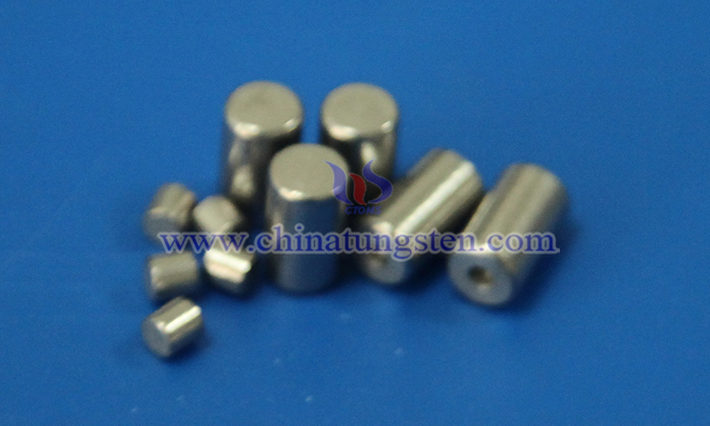
Barium tungsten electrode is a material widely used in electron tube cathodes, and is valued for its good emission performance and stability. The manufacturing process of barium tungsten electrode is mainly based on the impregnation method, which can effectively avoid the problems of barium volatilization and uneven distribution that may be caused by direct mixed sintering. It is a relatively mature and commonly used process.
Preparation of Barium Tungsten Electrode by Impregnation Method
- Details
- Published on Friday, 11 April 2025 13:39
- Hits: 233

The preparation of barium tungsten electrode by impregnation is a process commonly used in electron emission materials (such as hot cathodes). By impregnating active barium compounds into porous tungsten substrates, composite electrodes with high-efficiency electron emission performance are formed. The following is a detailed preparation process and key points:



 sales@chinatungsten.com
sales@chinatungsten.com